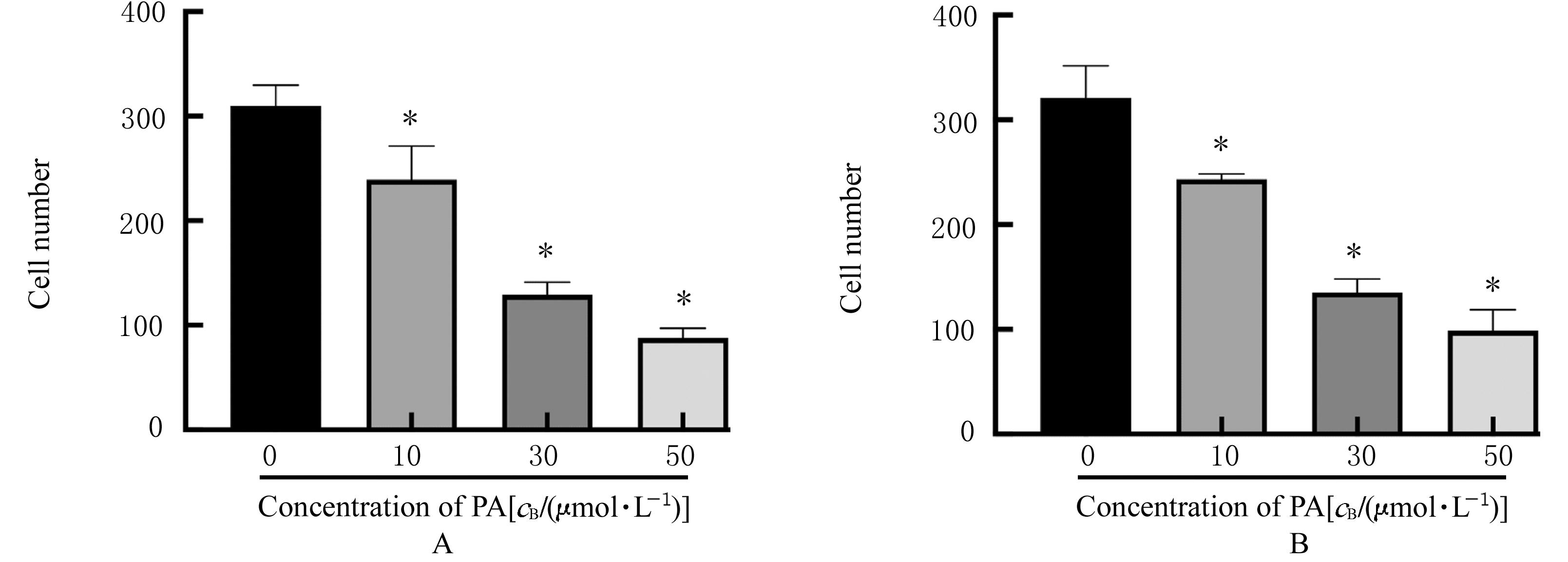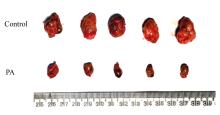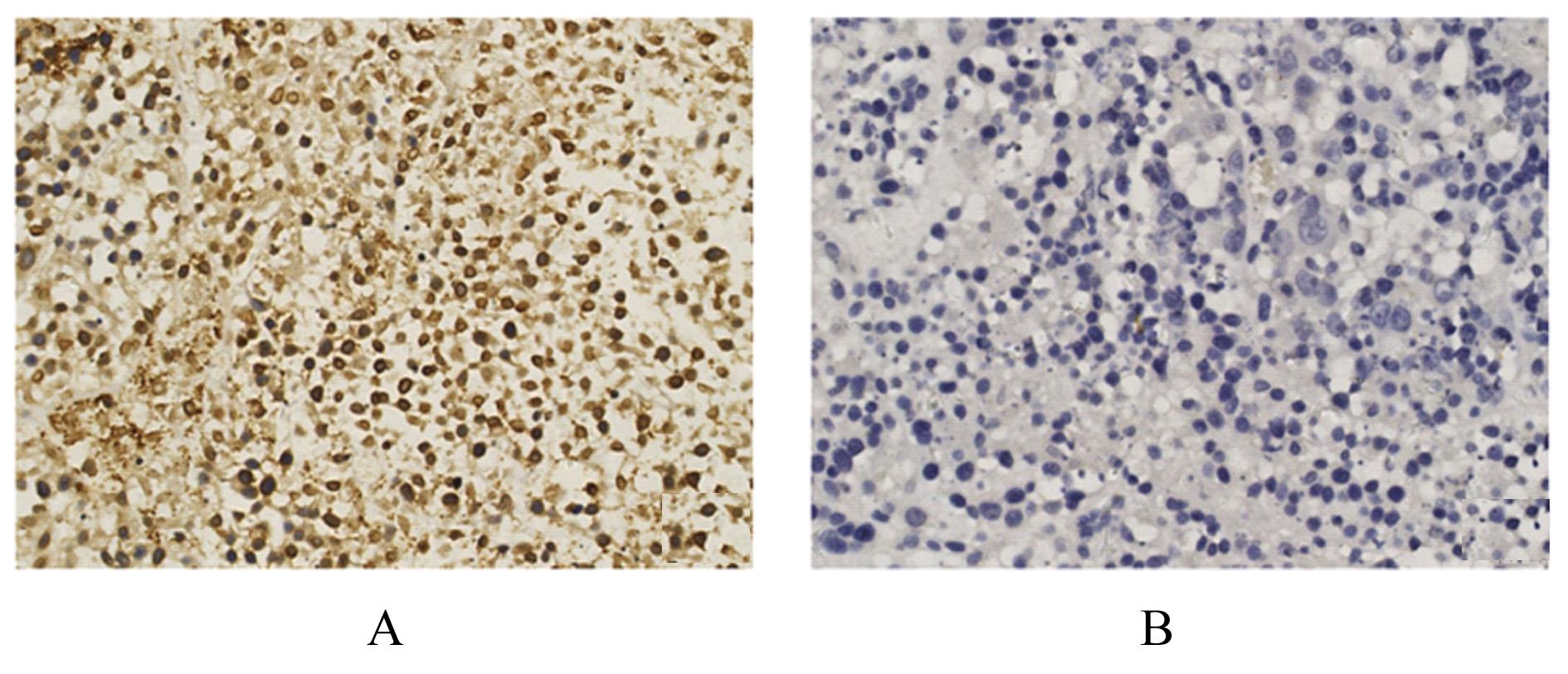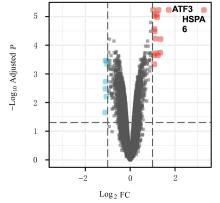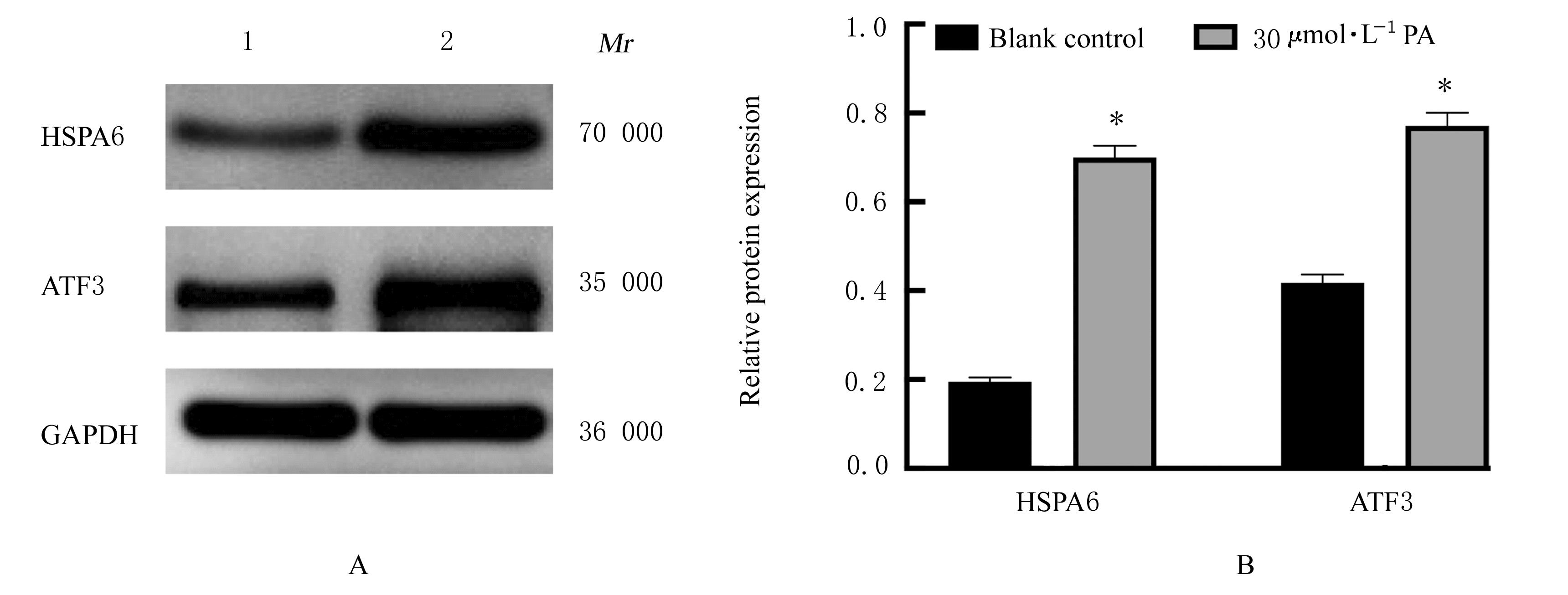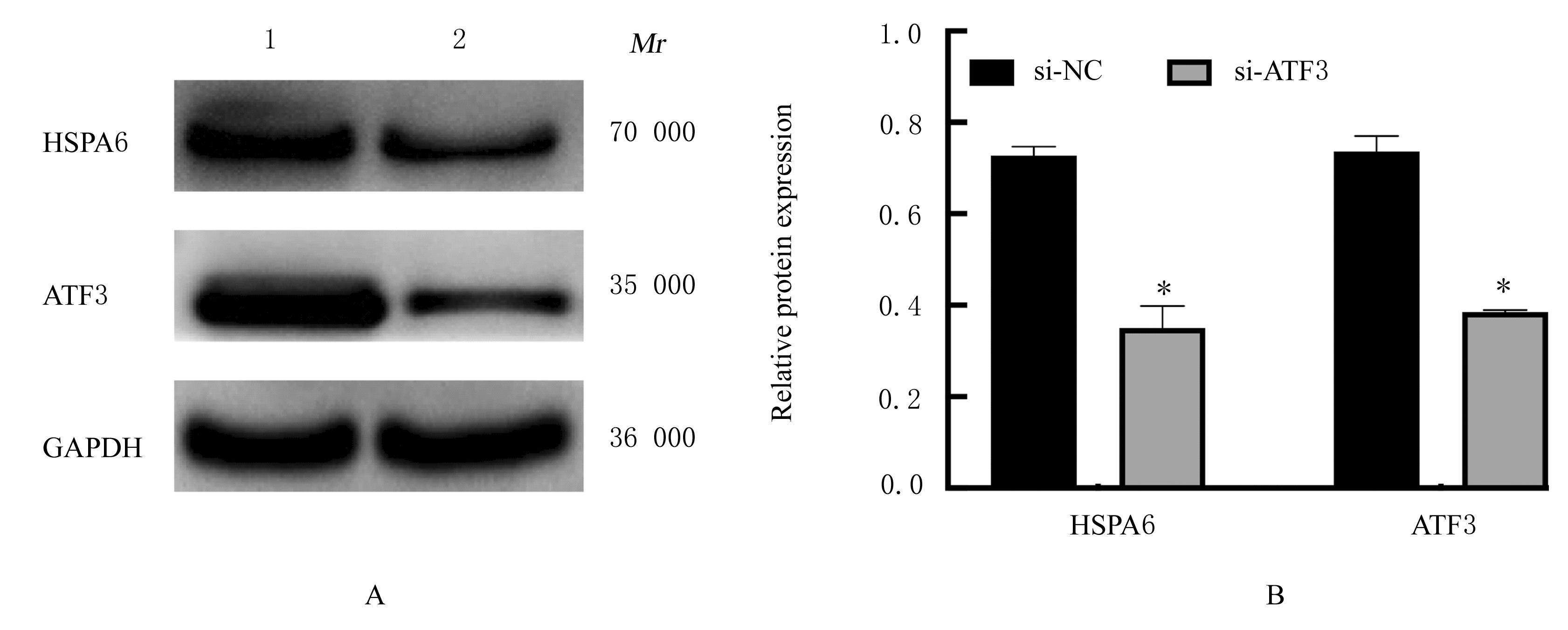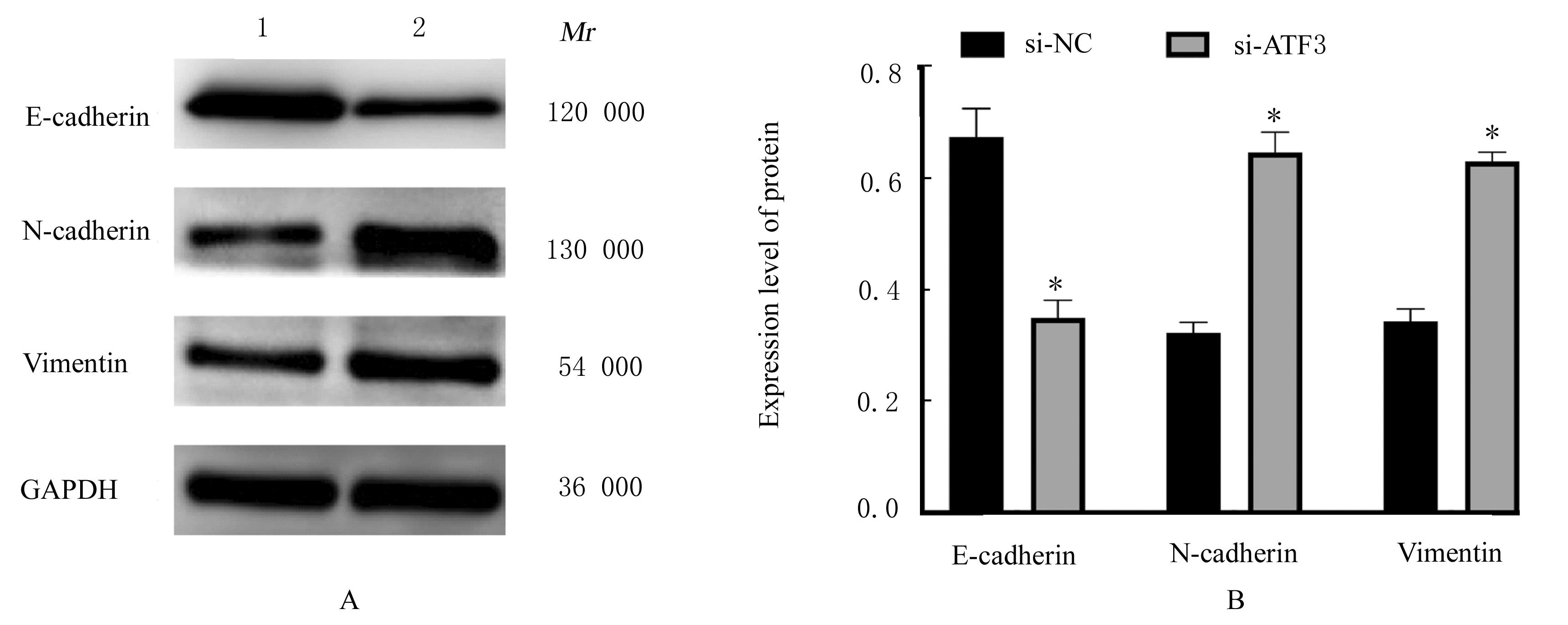| 1 |
SIEGEL R L, MILLER K D, FUCHS H E, et al. Cancer statistics, 2021[J]. CA Cancer J Clin, 2021, 71(1): 7-33.
|
| 2 |
OLDFIELD L E, CONNOR A A, GALLINGER S. Molecular events in the natural history of pancreatic cancer[J]. Trends Cancer, 2017, 3(5): 336-346.
|
| 3 |
SIEGEL R L, MILLER K D, JEMAL A. Cancer statistics, 2020[J].CA Cancer J Clin,2020,70(1): 7-30.
|
| 4 |
GAO Y, CHEN S Y, SUN J Y, et al. Traditional Chinese medicine may be further explored as candidate drugs for pancreatic cancer: a review[J]. Phytother Res, 2021, 35(2): 603-628.
|
| 5 |
CÖR D, KNEZ Ž, KNEZ HRNCIC M K. Antitumour, antimicrobial, antioxidant and antiacetylcholinesterase effect of ganoderma lucidum terpenoids and polysaccharides:a review[J].Molecules,2018,23(3):649.
|
| 6 |
JIANG G P, LIAO Y J, HUANG L L, et al. Effects and molecular mechanism of pachymic acid on ferroptosis in renal ischemia reperfusion injury[J]. Mol Med Rep, 2021, 23(1): 63.
|
| 7 |
CHENG S J, SWANSON K, ELIAZ I, et al. Pachymic acid inhibits growth and induces apoptosis of pancreatic cancer in vitro and in vivo by targeting ER stress[J]. PLoS One, 2015, 10(4): e0122270.
|
| 8 |
BRUNETTI O, APRILE G, MARCHETTI P, et al. Systemic chemotherapy for advanced rare pancreatic histotype tumors: a retrospective multicenter analysis[J]. Pancreas, 2018, 47(6): 759-771.
|
| 9 |
GAO A H, ZHANG L, CHEN X, et al. Inhibition of ovarian cancer proliferation and invasion by pachymic acid[J]. Int J Clin Exp Pathol, 2015, 8(2): 2235-2241.
|
| 10 |
CHENG S J, ELIAZ I, LIN J F, et al. Triterpenes from Poria Cocos suppress growth and invasiveness of pancreatic cancer cells through the downregulation of MMP-7[J]. Int J Oncol, 2013, 42(6): 1869-1874.
|
| 11 |
ZHOU P T, LI B, LIU F R, et al. The epithelial to mesenchymal transition (EMT) and cancer stem cells: implication for treatment resistance in pancreatic cancer[J]. Mol Cancer, 2017, 16(1): 52.
|
| 12 |
WANG S, HUANG S, SUN Y L. Epithelial-mesenchymal transition in pancreatic cancer:a review [J]. Biomed Res Int, 2017, 2017: 2646148.
|
| 13 |
DONGRE A, WEINBERG R A. New insights into the mechanisms of epithelial-mesenchymal transition and implications for cancer[J]. Nat Rev Mol Cell Biol, 2019, 20(2): 69-84.
|
| 14 |
LIAO T T, YANG M H. Revisiting epithelial-mesenchymal transition in cancer metastasis: the connection between epithelial plasticity and stemness[J]. Mol Oncol, 2017, 11(7): 792-804.
|
| 15 |
ZHANG Y, WEINBERG R A. Epithelial-to-mesenchymal transition in cancer: complexity and opportunities[J]. Front Med, 2018, 12(4): 361-373.
|
| 16 |
FA J J, ZHANG X Q, ZHANG X P, et al. Long noncoding RNA lnc-TSSK2-8 activates canonical Wnt/ β-catenin signaling through small heat shock proteins HSPA6 and CRYAB[J]. Front Cell Dev Biol, 2021, 9: 660576.
|
| 17 |
SHEN S Y, WEI C L, FU J J. RNA-sequencing reveals heat shock 70-kDa protein 6 (HSPA6) as a novel thymoquinone-upregulated gene that inhibits growth, migration, and invasion of triple-negative breast cancer cells[J]. Front Oncol, 2021, 11: 667995.
|
| 18 |
COTO-LLERENA M, TOSTI N, TAHA-MEHLITZ S,et al. Transcriptional enhancer factor domain family member 4 exerts an oncogenic role in hepatocellular carcinoma by hippo-independent regulation of heat shock protein 70 family members[J]. Hepatol Commun, 2021, 5(4): 661-674.
|
| 19 |
ZHOU X, JI Q K, LI Q, et al. HSPA6 is correlated with the malignant progression and immune microenvironment of gliomas[J]. Front Cell Dev Biol, 2022, 10: 833938.
|
| 20 |
KU H C, CHENG C F. Master regulator activating transcription factor 3 (ATF3) in metabolic homeostasis and cancer[J].Front Endocrinol (Lausanne),2020,11:556.
|
| 21 |
YOUNS M, ASKOURA M, ABBAS H A, et al. Celastrol modulates multiple signaling pathways to inhibit proliferation of pancreatic cancer via DDIT3 and ATF3 up-regulation and RRM2 and MCM4 down-regulation[J]. Onco Targets Ther, 2021,14:3849-3860.
|
| 22 |
DUNCAN R M, REYES L, MOATS K, et al. ATF3 coordinates antitumor synergy between epigenetic drugs and protein disulfide isomerase inhibitors[J]. Cancer Res, 2020, 80(16): 3279-3291.
|
 )
)



